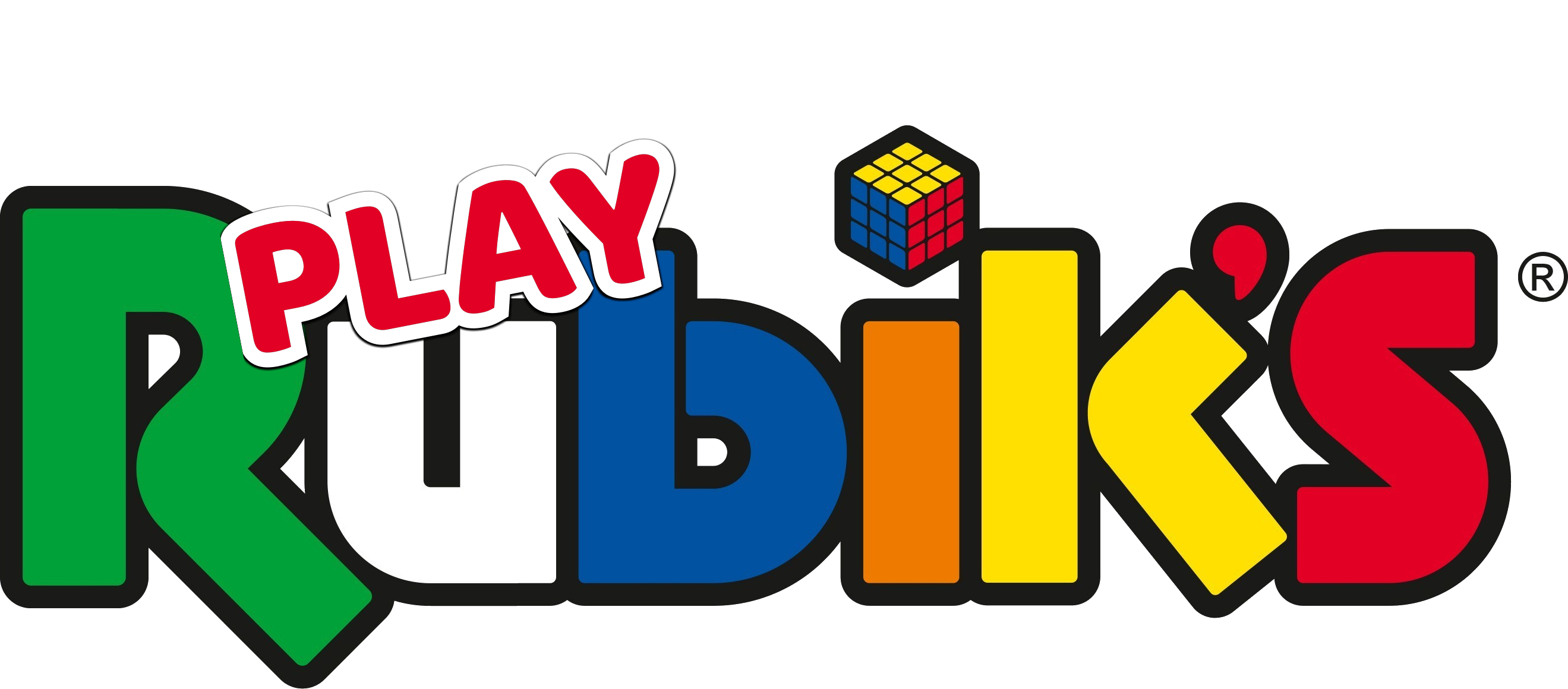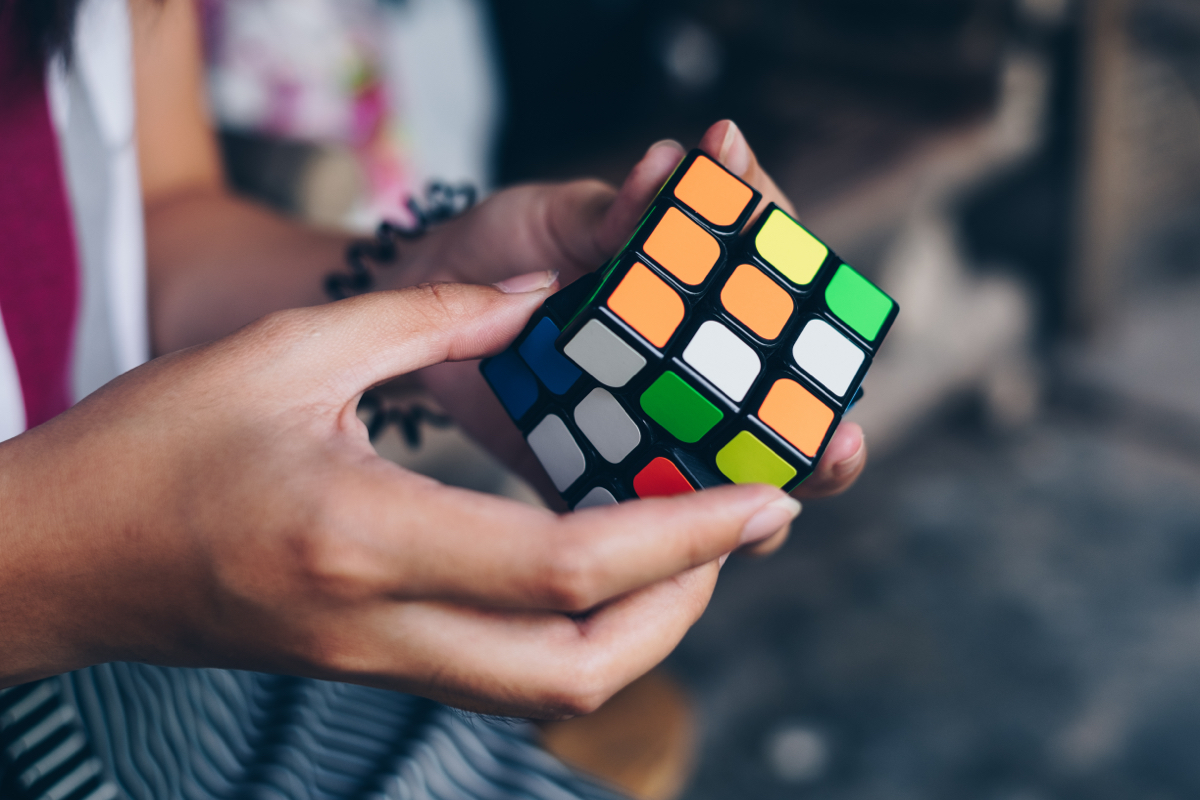About
The Rubik's Cube was invented by Hungarian sculptor and professor of architecture Ernő Rubik in 1974. Initially called the Magic Cube, it was designed as a teaching tool to help his students understand three-dimensional objects and spatial relationships.
Rubik's Cube became popular in the late 1970s, when it was licensed to Ideal Toy Corporation and sold internationally. It quickly became a global sensation, with people of all ages trying to solve the puzzle. The first official Rubik's Cube World Championship was held in 1982, and since then, competitions have been held annually.
In the early 1980s, sales of the Rubik's Cube peaked, with an estimated 100 million cubes sold worldwide. However, by the end of the decade, the fad had waned, and sales plummeted. The cube experienced a resurgence of popularity in the early 2000s, and it remains a popular puzzle to this day, with millions of cubes sold every year.
The Rubik's Cube has become a cultural icon, with its distinctive design and its challenging gameplay inspiring countless imitations, parodies, and adaptations in popular media. The puzzle has also inspired the development of new, more complex twisty puzzles, as well as the creation of speedcubing, a sport in which competitors race to solve the cube as quickly as possible.
Rules
The Rubik's Cube is a 3D combination puzzle that consists of six faces, each made up of nine smaller squares of six different colors. The objective is to twist and turn the cube's faces so that each of the cube's six sides is composed of squares of the same color.
The basic rules for solving the Rubik's Cube are:
- Each of the six faces can be rotated 90 degrees clockwise or counterclockwise.
- Each of the nine squares on a face can move with the face that it is on.
- The cube can be solved starting from any scrambled position, but the ultimate goal is to have each face made up of squares of the same color.
- There are specific algorithms or sequences of moves that can be used to solve the cube, and these are often based on different solving methods or techniques.
- There are different levels of difficulty for solving the cube, ranging from beginner to expert, and there are competitions held worldwide to test solving speed and accuracy.




